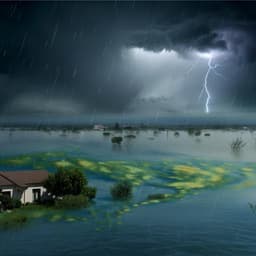
Environmental Studies and Forestry
New seasonal pattern of pollution emerges from changing North American wildfires
R. R. Buchholz, M. Park, et al.
Discover how worsening wildfire emissions in the Pacific Northwest are reshaping air quality across North America. This groundbreaking research reveals alarming increases in carbon monoxide from wildfires, affecting the health of millions. Conducted by leading scientists, including Rebecca R. Buchholz and Mijeong Park, this study highlights the urgent need to address the unseen consequences of wildfire pollution.
Playback language: English
Related Publications
Explore these studies to deepen your understanding of the subject.







